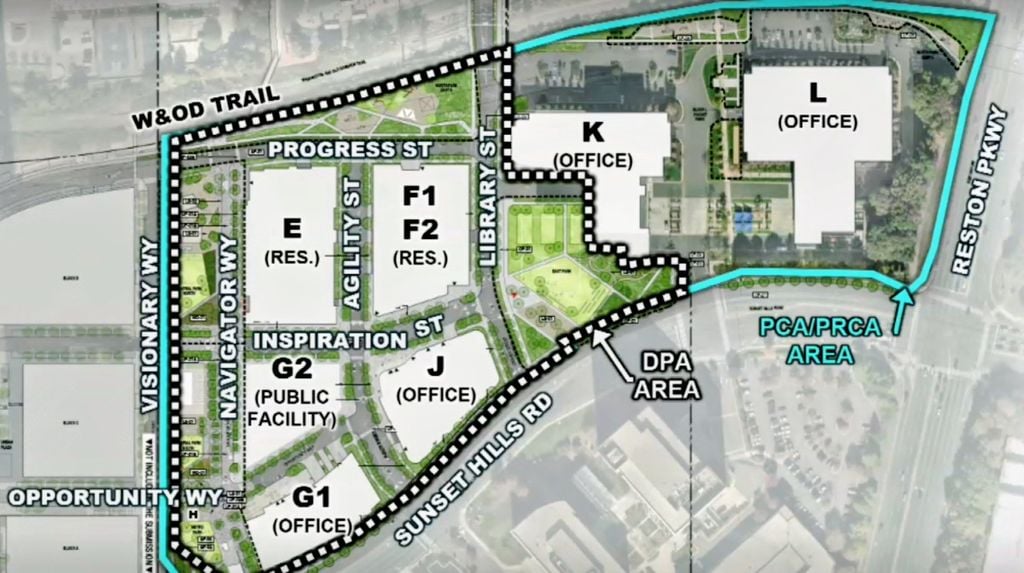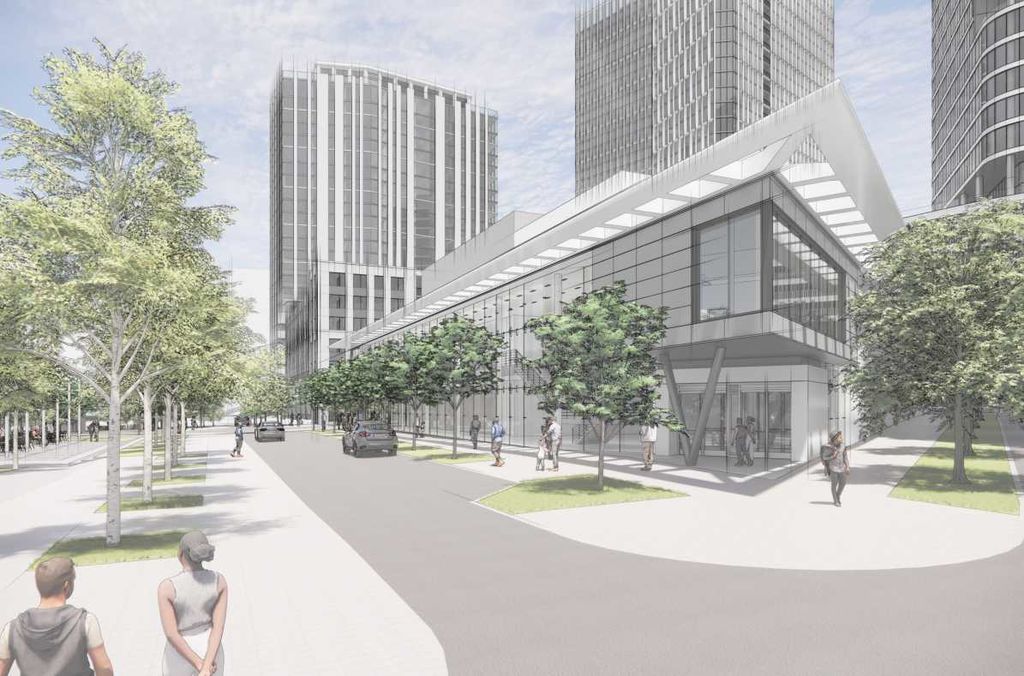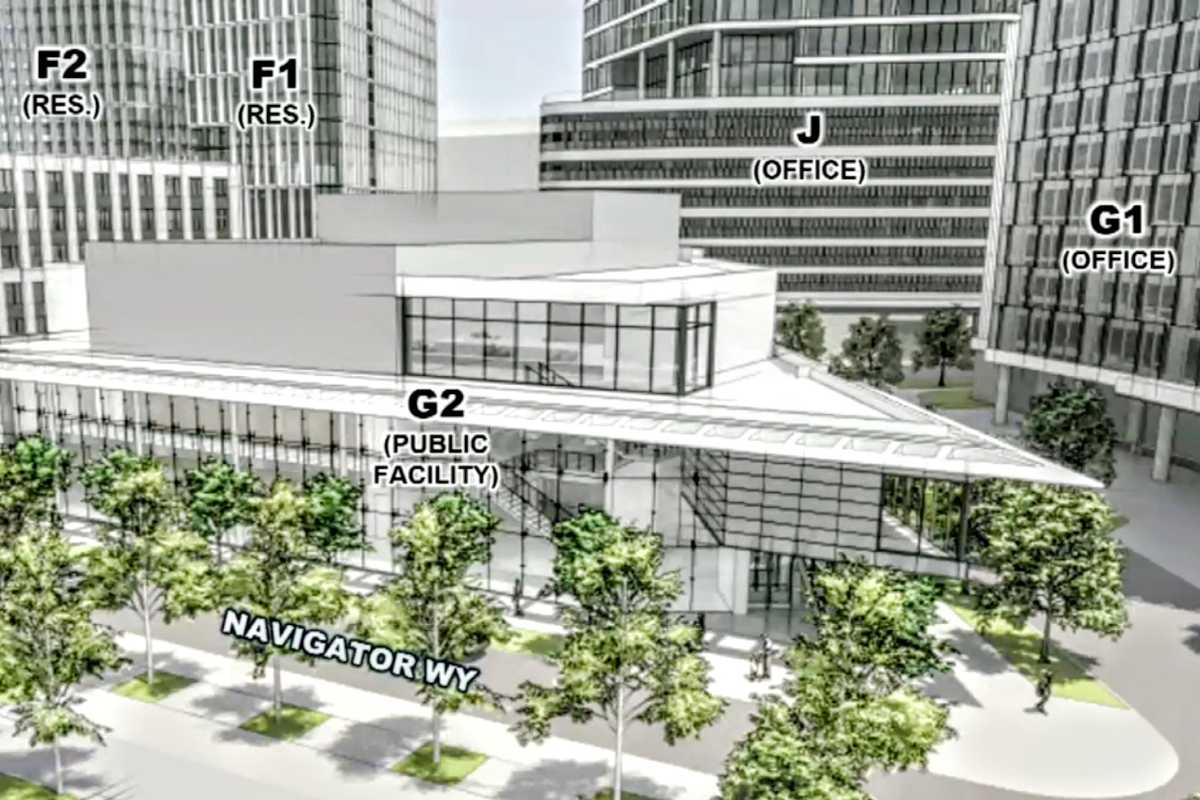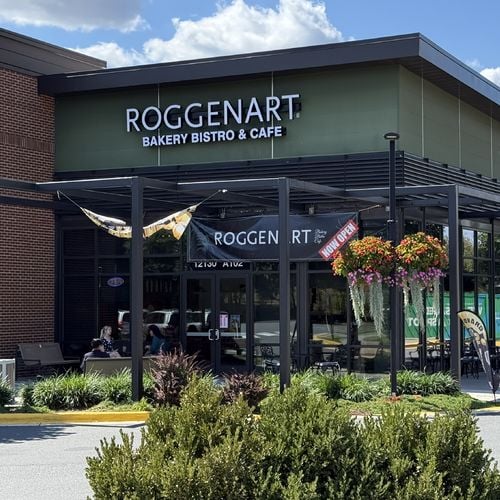The Next Phase of RTC Next: What’s Planned Between the W&OD and Sunset Hills
If you live in Reston or spend time around Reston Town Center, you have probably noticed how quickly the area has been changing. The first phase of RTC Next brought new offices, the Skymark apartments, and the AC Hotel and Residences. Now the second phase is moving forward with county support, and it focuses on the blocks just east of the current complex. Below is a local’s guide to what is planned, where it sits, and what it could mean for everyday life and for Reston real estate.Where Exactly Is Phase 2 of RTC Next?
Think about the cluster where the Fannie Mae and Volkswagen Group of America offices anchor the current RTC Next area. Walk or ride a bike east from there, and you hit the new phase. The site is bounded by the Washington & Old Dominion Trail to the north and Sunset Hills Road to the south, with the extension of Library Street forming the eastern edge. It sits across from the Reston Town Center Metro Station on the Silver Line, so the entire plan is built around transit access. Visionary Way runs along the west side of Phase 2, tying it back to the first phase. For neighbors who already use the W&OD or Sunset Hills to commute, this orientation matters. The new blocks will create more walking and biking connections between the trail, the town center streets, and the Metro mezzanine.What Is Being Built in Phase 2?
 The current plan for Phase 2 includes:
The current plan for Phase 2 includes:
- Two new office towers totaling about 930,000 square feet
- Two residential buildings
- Roughly 22,000 square feet of retail and other ground-floor uses that add daily convenience
- A 60,000-square-foot site dedicated for a county performing arts center
How the Site Plan Fits the Neighborhood
The plan is meant to feel like an extension of Reston Town Center rather than a separate project. Expect:- A connected park network sprinkled through the blocks, including the linear park spine that links Phase 1 to Phase 2
- Multiple access points toward the Metro to shorten the walk and line up with crosswalks on Sunset Hills
- Street-level retail and active lobbies that keep sidewalks lively during the day and into the evening
Why the Performing Arts Center Site Matters
 Even if a performing arts center takes time to materialize, reserving 60,000 square feet in Block G2 is a big deal. It signals that Reston is planning for a cultural anchor close to transit. That would put families, students, and visitors within a short walk of the station, the W&OD, and restaurants throughout Reston Town Center.
A venue like this can elevate programming for local arts groups, traveling shows, and community events. It also tends to lift nearby retail, which benefits small businesses. If you remember how the Pavilion shaped the original town center, you can imagine how a modern, indoor venue might expand that idea year-round.
Even if a performing arts center takes time to materialize, reserving 60,000 square feet in Block G2 is a big deal. It signals that Reston is planning for a cultural anchor close to transit. That would put families, students, and visitors within a short walk of the station, the W&OD, and restaurants throughout Reston Town Center.
A venue like this can elevate programming for local arts groups, traveling shows, and community events. It also tends to lift nearby retail, which benefits small businesses. If you remember how the Pavilion shaped the original town center, you can imagine how a modern, indoor venue might expand that idea year-round.
Balancing Homes and Jobs
The county’s planning commissioners called out the balance of uses as a plus for a site on the Silver Line. That balance brings jobs to support local businesses and homes to keep restaurants and parks active outside the nine-to-five window. The residential piece also includes a commitment to make 16 percent of 1,402 proposed homes affordable or workforce housing under county guidelines. As a resident, you feel this balance in little ways. More workers during the day create a market for grab-and-go lunch spots and coffee shops. More residents bring evening foot traffic, which helps restaurants, gyms, and neighborhood retail survive. The combination can support more frequent transit service and a safer walking environment.What This Could Mean for Reston Real Estate
As a local agent who tracks Reston Town Center and the neighborhoods around it, here is how Phase 2 could play into the housing market:1) Walkability bumps value
Properties that sit within a ten to fifteen minute walk of the town center and the Metro have held value better through different market cycles. This phase tightens that walk shed using the linear park spine and cross-connections. Expect Condo Row along Town Center Parkway, West Market, Edgewater, Savoy, Midtown, and Paramount to benefit over time, along with homes north of Sunset Hills that connect through the W&OD.2) More daily convenience
Additional ground-floor retail will not turn these blocks into a mall, but it should add a few more coffee counters, fitness concepts, lunch spots, service businesses, and maybe a small-format grocery or specialty retailer. People value short errands. Over time that shows up in price resilience.3) A true cultural anchor would be a catalyst
If the county secures an operator and funding for the arts center, it could be a multiplier for evening activity. That creates demand for pre-show dining and adds a steady calendar of events. Homes near cultural anchors often see stronger interest from buyers who want a “city-lite” lifestyle in Northern Virginia without giving up the feel of a planned community.4) Construction period impacts are temporary
Like any large project, there will be periods of lane shifts and noise. The plan sits on wide roads and near transit, which helps. Historically, temporary disruption has been offset by long-term gains once public spaces and retail open.5) Office leasing will influence momentum
Two new office towers add up to roughly 930,000 square feet. When BXP lands significant tenants, it pulls weekday foot traffic and supports retail viability. Leasing pace will not change your home value overnight, but it will shape how quickly the area’s “everyday energy” shows up on the street.How Phase 2 Connects to the W&OD and the Silver Line
Many of us use the W&OD Trail as a car-free route to coffee or the office. The plan leans into that by staying porous along the trail edge. Expect plazas and short blocks that give cyclists and pedestrians multiple ways to move toward the town center grid. On the transit side, Phase 2 is directly across from the Reston Town Center station. The Silver Line makes it realistic to live car-light and still reach Dulles or the core job centers. Not everyone will give up a car in Northern Virginia, but the ability to choose matters for younger renters and buyers, and increasingly for downsizers.What Neighbors Should Expect During the Process
The project cleared a key vote at the planning commission and then heads to the Fairfax County Board of Supervisors for hearings and a final decision. After that, the work shifts to site plan approvals and building permits. Timelines can change with market conditions. Expect the developer to phase construction so streets and parks come on line in a sequence that keeps the area functioning. If you want to track official documents and staff reports, the best place to start is the county’s Land Use and Zoning portal and the Hunter Mill District page. Community meetings and staff summaries usually appear there first.A Closer Look at the Blocks
While the plan can evolve, here is how the blocks are set up in the latest version:- G1 and J hold office uses. J is where one of the new towers moves, after the arts center site shift.
- F1 and F2 are residential buildings grouped near the center of the plan, which helps frame the linear park.
- E is another residential site west of the central spine.
- G2 is the public facility block reserved for the performing arts center site.
- K and L mark existing office buildings near Reston Parkway that remain.
- New neighborhood streets like Navigator Way, Agility Street, and Inspiration Street create short blocks that are easy to cross on foot.
Parking, EV Charging, and Getting Around
Parking in new mixed-use districts is always a balancing act. The county and the developer have been working through a plan that recognizes transit access and the need to support retail. Several commissioners focused on electric vehicle charging and seemed satisfied with the approach. As construction progresses, expect structured parking that hides most spaces from the street and incorporates EV capacity that can grow as adoption rises. If you already live nearby, the biggest change will be more choices for getting around. Walk the linear park to dinner. Bike the W&OD to a yoga class. Hop on the Silver Line to the airport. The ability to mix modes is what makes town center life feel easy.For Buyers and Sellers: How to Think About Timing
The Reston market is seasonal, but projects like this create their own mini-cycles:- Early construction period. Sellers often ask whether it is wise to list when cranes appear. In most cases the answer is yes, with pricing that reflects current comps. Buyers who understand the long game of town center improvements tend to be motivated and informed.
- Openings and first retailers. A wave of interest often follows the first café or fitness studio. If you are selling, that is a great time to invest in listing prep and highlight walk scores and trail access.
- Stabilization. Once leasing is steady and the park network fills in, you get a more predictable premium for proximity to the town center. That premium varies by building and floor plan, which is where a local agent earns their keep.
Frequently Asked Local Questions
Will the plan increase traffic on Sunset Hills Road? Any project of this size has traffic studies baked in. The location by the Metro and the W&OD helps shift some trips away from cars. Short blocks and multiple access points break up queues. The county will continue to adjust signal timing as new streets open. Is the performing arts center a done deal? The site is reserved and dedicated to the county, which is a strong step. Funding and an operator still need to be identified. If you want to voice support for a cultural venue, keep an eye on Board of Supervisors dockets and Hunter Mill updates so you know when to chime in. How tall are the new towers? Heights remain within previously approved limits. That preserves a predictable skyline and avoids surprise height increases. What about affordable housing? Sixteen percent of the planned homes are committed to affordable or workforce housing under county definitions. That keeps Reston closer to the founding idea of being a community for all ages and incomes. When will we see shovels in the ground? Sequencing depends on permitting and market conditions. Large projects often run in waves, with streets and parks timed to support leasing and openings. I will post updates as milestones are announced.What This Means for the Feel of Reston
Reston has always been about the mix. Village centers with daily needs. A true downtown at Reston Town Center. Trails that stitch everything together. The next phase of RTC Next fits that tradition. It adds office space to bring weekday life, homes to keep evenings active, small parks for quick breaks, and a site that could deliver a real performing arts venue. If you are a runner or cyclist, the W&OD connection will be a highlight. If you are a commuter, the short walk to the Silver Line continues to be a major perk. If you are thinking about buying or selling, the steady investment around the town center is a marker of long-term vitality.How I Can Help
Whether you want to buy a condo within a short walk of the station, sell a townhouse along the W&OD, or invest in a rental near the future arts center site, I can help you read the micro-market. My team studies floor plans, HOA health, and resale history across Reston and nearby Herndon. We know which buildings carry the strongest premiums for views, balconies, and parking, and where you can still find value. If you would like a custom report for your building or street, send me a note. We can review price trends, likely buyer profiles, and how Phase 2 of RTC Next fits your timing.Quick Resource Links
- Learn more about the overall town center at Reston Town Center.
- Review county planning and zoning steps with Fairfax County Department of Planning and Development.
- Follow meeting schedules on the Fairfax County Board of Supervisors site.
- Explore the trail network with the W&OD Trail.
- Transit details for the Reston Town Center Metro Station.
- Developer information from BXP.



